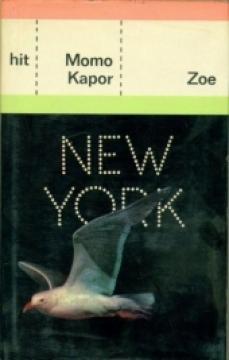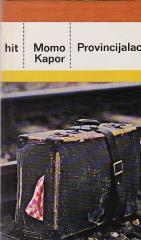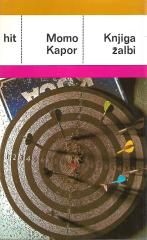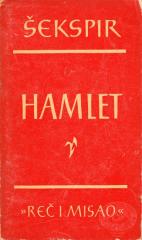
Zoe
Roman „Zoe“ (1978), jedno od najpopularnijih dela Moma Kapora, prati Arsena Lera, 39-godišnjeg istoričara umetnosti iz izmišljene Republike Kosilije – malog ostrva pod autoritarnim režimom.
Ler, oženjeni otac mlade ćerke Maje i kustos galerije u gradu Mimoza, dobija zadatak od ministra kulture da na aukciji u Njujorku kupi portret „Devojčica sa lutkom“ slikara Valdemara Udinija, ključno delo nacionalne baštine. Putuje avionom preko Atine do Megapolisa, doživljavajući šok kontrasta između provincijskog života i haotičnog grada.
Na aukciji, uz pomoć konzulata, kupuje sliku za 1.200 dolara, ali ga suočava princeza Zoi Kudelin, prognana članica svrgnute kraljevske dinastije, rođena 1938. godine - istog dana kada i Ler. Zoi, kosmopolitska žena u egzilu, živi u Grinič Vilidžu, bavi se promocijama i modom da bi preživela. Ona tvrdi da je portret njen dečački lik, koji je naslikao Udini. Njih dvoje započinju strastvenu romansu: šetnje Centralnim parkom, večere u „Ruskoj čajnoj sobi“, posete muzejima poput Gugenhajma i istraživanje kosilijanske zajednice u Bronksu, u kafani „Mimoza“. Ler se useljava kod nje, menjajući svoje navike, dok se suočava sa ponudama bogatih kolekcionara i tragovima prošlosti.
Zoi nosi teret izgnanstva: smrt svog oca, kralja Nikole IV, u hotelu Savoj, a kao nasledstvo ima samo dugme sa njegove košulje. Roman istražuje teme totalitarne represije (cenzura, paranoja, zabrana bekstva), izgnanstva i nostalgije za izgubljenim domom, identiteta male nacije u svetskom haosu (Kozilija kao „nepostojeće“ ostrvo), umetnosti kao otpora i mosta ka korenima, i ljubavi između prošlosti i sadašnjosti - moderna bajka o pastiru i princezi. Kroz satirične opise, introspektivne monologe i živopisne urbane scene, Kapor prikazuje kontrast tradicije i modernosti, siromaštvo emigranata i lažni sjaj, erotiku i usamljenost, podsećajući nas da egzil nije samo geografski, već i mentalni fenomen.
Angeboten wird ein Exemplar





